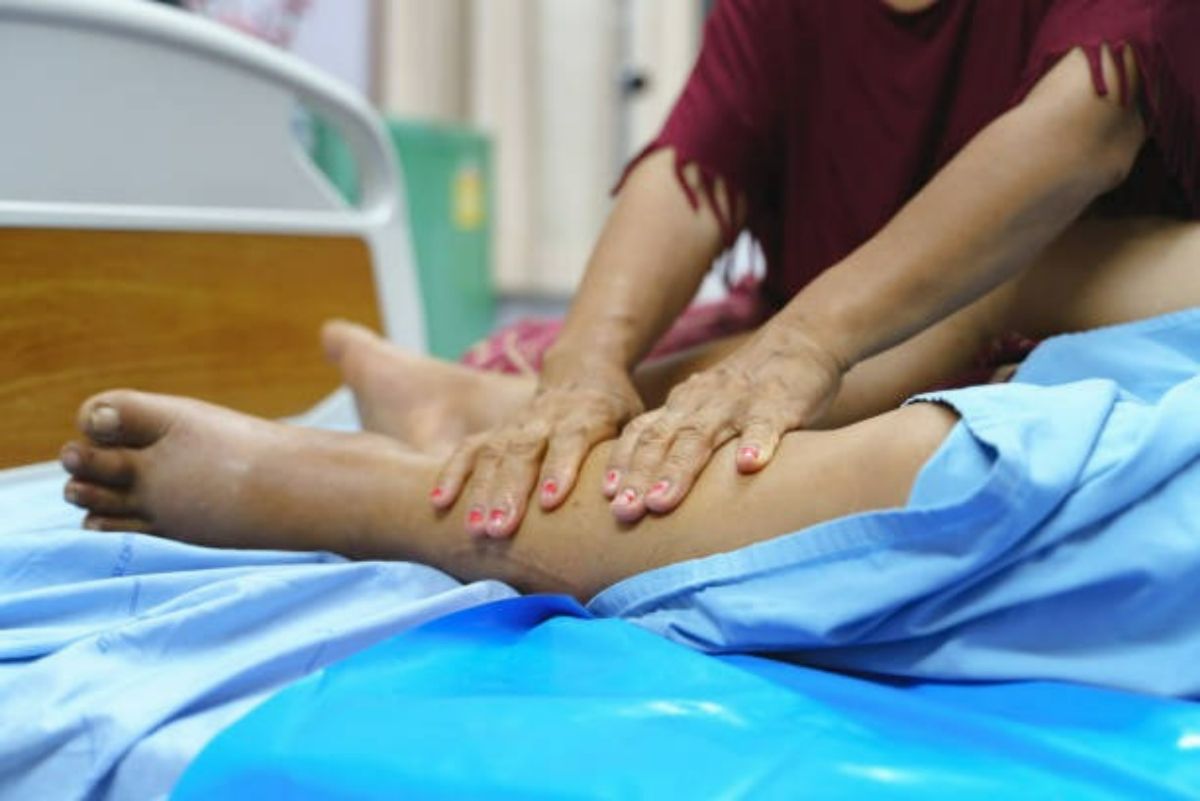
HEART DISEASE refers to a group of conditions in which the heart’s blood supply is disrupted. Although the condition is treatable in some cases, it can be fatal in others. Heart Diseases are also known as silent killers and in mild stages it is impossible for these diseases to be noticeable. However, There are several signs and symptoms that can indicate the presence of the disease, as with other conditions.Also Read – Food For Heart: 5 Healthy Items to Add in Your Diet if You Are Suffering From Any Heart Diseases
One such sign is swollen ankles. A swollen ankle is one such indication that you should take more care of. As per experts, unexplained swelling in ankles without any bruises or injury should not be taken lightly. Another possible sign is that the swollen area appears warm and, when pressed, leaves a bump that lasts a little longer; in such cases, the skin does not return to normal. Also Read – Sex And Cardiac Arrest: Experts Reveal if Sexual Activity Has Any Connection With Heart Diseases
What is Peripheral Oedema?
Swollen ankles can occur swelling of tissues in the body also known as peripheral oedema. This usually happens in the lower limbs. In some patients, it can spread to other parts of the body. This swelling is typically caused by an increase in fluid accumulation within the tissue. Chronic lung disease or kidney disease can cause peripheral oedema . People who have a history of thyroid disease, liver disease, or malnutrition are more likely to develop peripheral oedema . Furthermore, corticosteroids, hypertension medication, and herbal contraception can lead to this medical condition. Also Read – 10 Little Known Facts About Your Heart That Might Surprise You
Signs and Symptoms of Peripheral Oedema
Peripheral oedema is the medical term for water retention in the feet and legs, which causes swelling; it is also a sign of heart problems. Aside from ankle swelling, other symptoms of peripheral oedema include puffiness of the hands and face, swelling after prolonged standing or sitting, stretched skin, change in skin colour, discomfort, and stiffness in the joint areas.
Major signs and symptoms of Peripheral Oedema
- Overweight/Obesity
- Long periods of sitting or standing
- Several medications
- Pregnancy
- mood swings
- bloating
- confusion
Treatment of Peripheral Oedema
Minor cases of peripheral oedema can usually be treated at home. Natural treatment methods include losing weight and starting an exercise regimen. Physical activity helps in improving blood circulation and ensures your body to be active and fit all the time. Diuretics can temporarily relieve fluid retention. They should never be used for long periods of time because diuretics can cause dehydration.
Individuals should see their doctor immediately as fluid retention can be a sign of an underlying medical condition. To eliminate peripheral Oedema, the underlying cause must be treated.
Stay connected with us on social media platform for instant update click here to join our Twitter, & Facebook
We are now on Telegram. Click here to join our channel (@TechiUpdate) and stay updated with the latest Technology headlines.
For all the latest Lifestyle News Click Here
